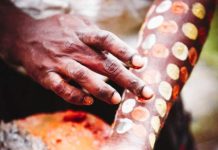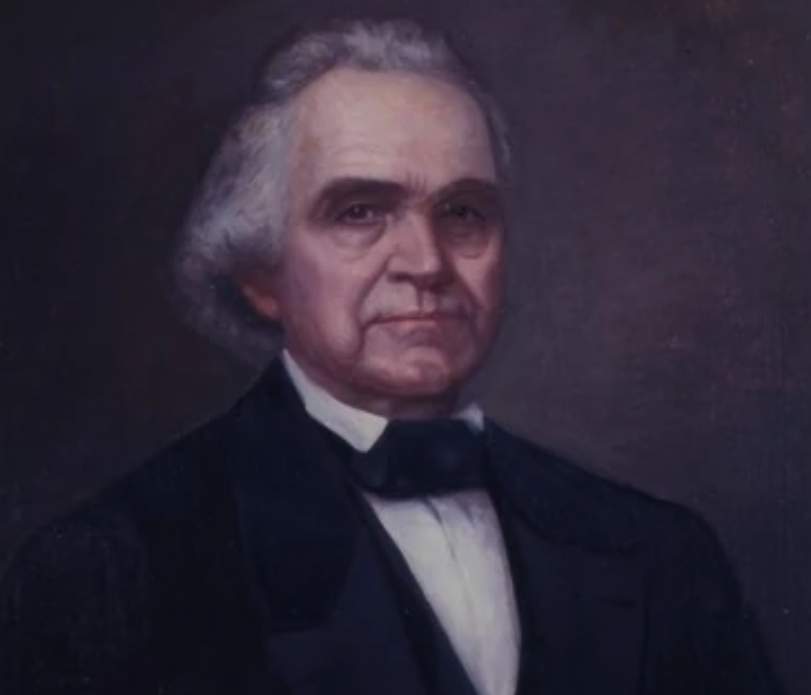Endicott Expedition – A military expedition led by the Massachusetts Bay Colony against Native Americans on Block Island (now part of Rhode Island) precipitated the Pequot War. In the summer of 1636, a boat commanded by John Gallop came on John Oldham’s main pinnace close to Block Island. In the presence of a large number of Block Island Native Americans on the ship, Gallop began to investigate.
The fight erupted and Gallop, as well as his men, killed between 10 and 11 natives prior to finding the body of Oldham beneath the deck. The Block Islanders paid tribute to the Narragansetts and Massachusetts later sent a group for the Narragansetts to inquire into the murder of Oldham and to determine if the tribe was hostile towards the English.
The investigation concluded with a report showing that the top Narragansett Sachems (chiefs) were faithful and willing to penalize the culprits. Nonetheless, Gov. Henry Vane of Massachusetts ordered John Endicott (also spelled Endecott) to lead a team of colonial volunteers to fight Block Island.
Vane’s instructions for Endicott were to seize the island, kill all males who were native to the island as well as capture the young and women (who were later taken for slaves). Then, Endicott was to sail to Pequot territory and then request the surrender of the indigenous people responsible for the murder of 1633 John Stone, a colonist. John Stone.
The Pequots were asked to pay wampum damages and turn over a few Pequot children to ensure good conduct. Endicott’s contingent of about 90 men set off with five ships on the 24th of August. Endicott Endicott Expedition had the support of Captains John Underwood, Nathaniel Turner, William Jenningston, an Ensign Davenport, and two guides from the native country.
The high waves and the wind on Block Island prevented their ships from making a landing and the sailors were forced to leave the shore and swim in to come under attack from natives. The fire of the Muskets soon led the natives to retreat, but. In the course of two days, Endicott along with his ranks tried to engage natives who had taken shelter in the swamps that surrounded the island. The colonists destroyed two villages abandoned and set ablaze the majority of the island and its fields of corn.
After killing perhaps more than twelve natives, and being in a state of confusion as to where the rest were, Endicott ordered his men to return to their vessels to carry out the second portion of his instructions. Endicott first took a ship toward Fort Saybrook at the mouth of the Connecticut River on Long Island Sound. The men stayed there for four days due to poor weather.
The fort’s commander Captain Lion Gardiner, was a staunch opponent of the expedition. He was worried about native retribution against Saybrook and pondering what the reason was for Massachusetts leaders would organize an army expedition to take revenge for the murder of the Virginian and warned Endicott Expedition about the potential consequences. As the Endicott ships finally made it through the Pequot River and into the Pequot River, the Pequots were curious about the motive behind the English presence. Endicott did not leave his ship and refused to answer.
The next day, the Pequots dispatched an emissary who met with Endicott who later revealed the reason for his force of expedition, stating that he came to take revenge for the murder by Virginian John Stone. The emissary replied that sachem Sassacus and others were responsible for killing Stone in retaliation for the killing of Sachem Tatobem.
The Dutch had snatched and killed the great Sachem, and the Pequots were furious at Stone who did not recognize the fact that Stone was English. To defend themselves, Pequots claimed Pequots believed that the incident was an honest miscommunication and the killing was justifiable. They also refused to hand over the persons who were involved in the incident. The envoy left and asked the English to be patient and wait for a response.
Believing that they were being tricked In the hope of avoiding a trick, the English set out on the sea, ready to go to war. The Pequots requested the time they needed while claiming that their primary sachems had gone. Endicott Expedition saw this as an attempt to trick the Pequots were able in preparation for war and then he ordered an assault. Similar to Block Island, the Pequots did not fight, they fled. Endicott replicated the tactics used on Block Island, torching and ruining the Pequot settlements as well as the crops.
The Endicott’s forces then were re-routed the next day to Massachusetts Bay, having failed to achieve the mission’s goals. According to Gardiner predicted, the actions of Endicott resulted in the outbreak of war. In spite of the defense offered by the new governor John Winthrop (1637-1640) as needed to take revenge for the death of two Englishmen colonies, colonial settlements, as well as trading posts along the Connecticut River soon, came under attack from furious Pequots. The conflict soon grew into the bloody Pequot War.
Related Reading – The Massacre of Mystic Fort







